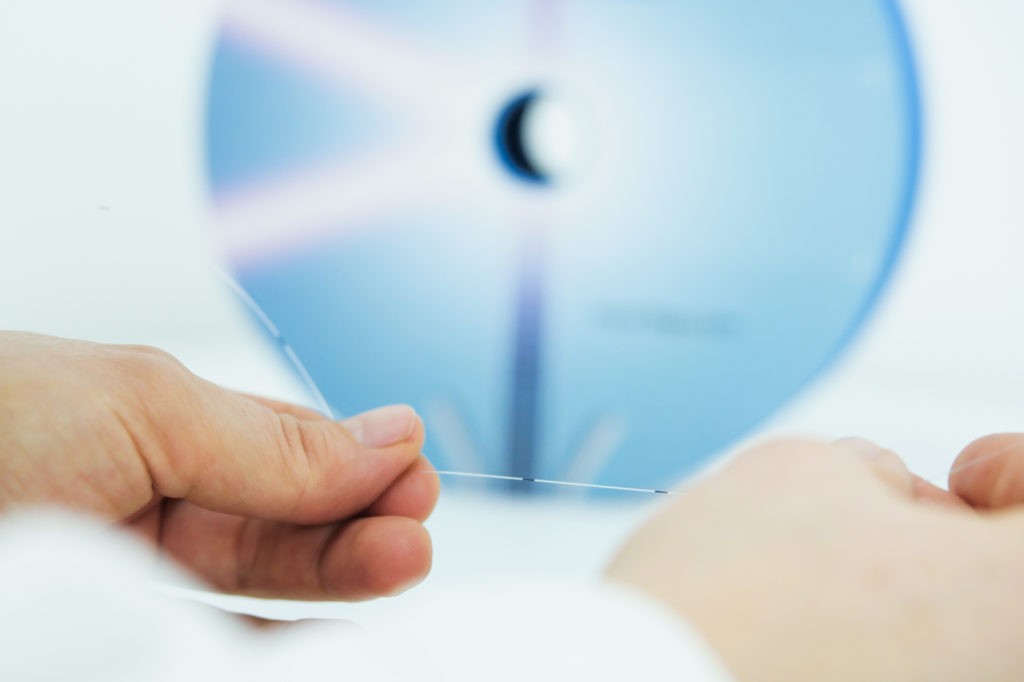
In the realm of cutting-edge sensing technology, Fiber Bragg Grating (FBG) sensors stand as remarkable innovations revolutionizing the measurement landscape. These sensors, leveraging the unique properties of fiber optics, have opened doors to highly precise and versatile measurements across various domains, from structural monitoring to industrial applications and beyond.
Understanding Fiber Bragg Grating Sensors
FBG sensors are constructed using optical fibers that contain periodic variations in their refractive index along the core of the optical fiber. These periodic variations, known as gratings follow the Braggs law. The FBG sensors reflect specific wavelengths of light while transmitting others. When subjected to strain, force, temperature, pressure, or shape alterations, these gratings undergo minute changes in their structure, causing shifts in the wavelengths they reflect. These wavelength shifts are precisely measured and interpreted to determine the applied stimuli, enabling accurate and real-time monitoring.
Strain Measurement with FBG Sensors
One of the primary applications of FBG sensors is strain measurement. By attaching FBG sensors to structures such as bridges, pipelines, or aircraft wings, engineers can monitor strain and deformation. These sensors provide critical insights into structural integrity and behavior under varying loads and environmental conditions, thereby ensuring early detection of potential faults or failures.
Temperature and Pressure Sensing
Nowadays sensors are often used to measure temperature and pressure variations. Their ability to withstand extreme conditions and provide accurate readings in harsh environments makes them invaluable assets to industries such as oil and gas, aerospace, and automotive engineering. These sensors play pivotal roles in ensuring safety, efficiency, and reliability in critical operations.
Force Sensing Capabilities
FBG sensors are adept at measuring forces in diverse settings. From monitoring forces in industrial machinery to gauging biomechanical forces in medical applications, these sensors offer high sensitivity and reliability. Their small size and immunity to electromagnetic interference make them ideal for integration into compact devices and systems.
Shaping the Future: FBG Sensors in Shape Sensing
The evolution of FBG sensors has extended their utility to shape-sensing applications. By arranging multiple sensors along a structure or within medical devices like catheters, FBG sensors can accurately capture and reconstruct complex shapes. This innovation finds applications in shape monitoring for flexible structures, robotics, and minimally invasive medical procedures.
Conclusion
Fiber Bragg Grating sensors have emerged as indispensable tools in the measurement and monitoring landscape, offering unparalleled precision and versatility across a spectrum of applications. From structural health monitoring to advanced medical procedures, these sensors continue to push boundaries, contributing to safer, more efficient, and technologically advanced systems.
With their ability to measure strain, force, temperature, pressure, and shape positions, FBG sensors are at the forefront of innovation, promising continued advancements and novel applications in diverse industries. As technology evolves, the potential of FBG sensors to revolutionize sensing capabilities only continues to expand, paving the way for a more connected, efficient, and secure future.
